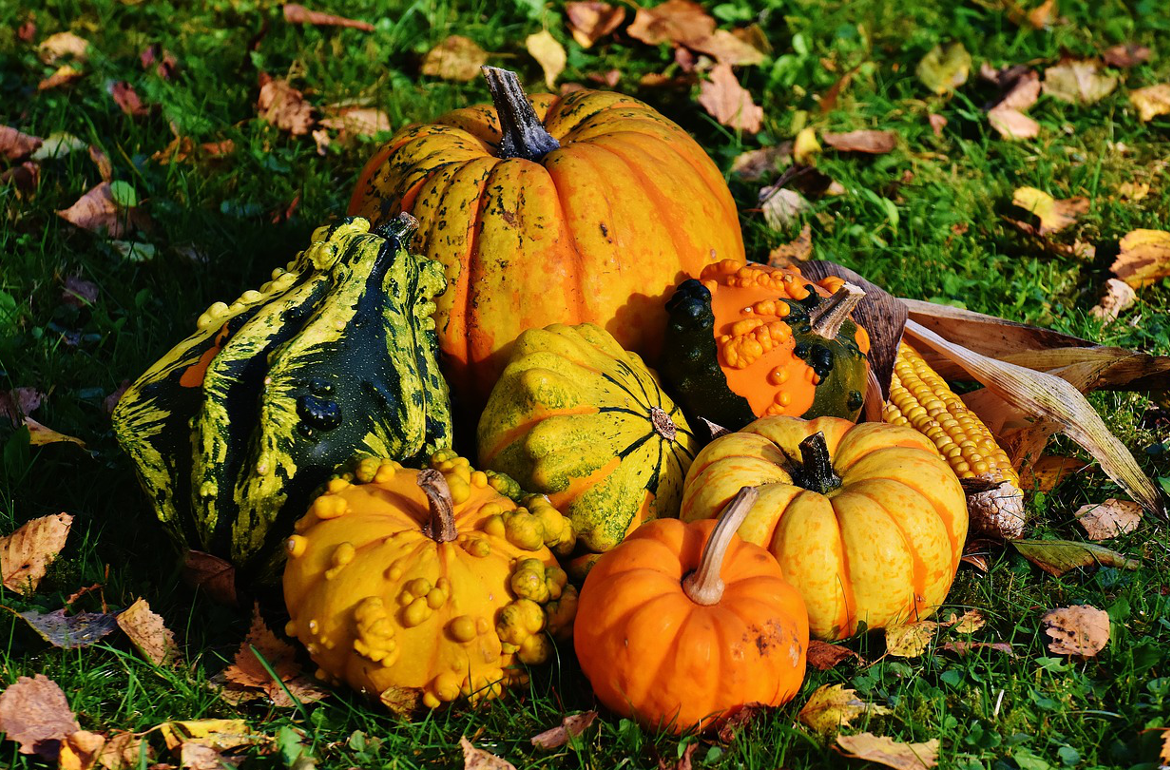The Slow Food View on FAO’s State of Food and Agriculture Report 2016
Published on: October 17, 2016
The climate is changing; food and agriculture must too. This was the main message UN Food and Agricultural Organization (FAO) chose to transmit as they honored the global World Food Day 2016 at the FAO Headquarters in Rome.
World Food Day, celebrated annually on October 16th, the day that FAO was founded in 1945, was initiated to increase public awareness of issues relating to world hunger, underline the importance of helping rural communities and create an international solidarity network in the war against hunger and poverty. On this World Food Day, FAO called attention to the profound and intrinsic relationship between the food industry and climate change, taking the Paris Agreement as a signal that:
In acknowledging this challenge, and the necessity for immediate and concrete action to limit the impact of climate change on food security in already food-insecure regions, it is essential that the discussion focuses on what strategies will bring about the most positive impacts.
Farmers, fishers and pastoralists are hit hard by rising temperatures and the increasing frequency of weather-related disasters. By 2030, the negative impacts of climate change will put an increasing squeeze on food production as the essential nutritional values of crops, such as of zinc, iron and protein, will diminish. Furthermore, as emphasized by FAO, the impacts of climate change are more strongly observed in rural communities, where there is a higher dependency on agriculture both as a source of income and for sustenance. The negative effects of the West’s dependence on imported foods are clear for all to see, the transport costs of which contribute significantly to carbon emissions. It is imperative that this dependence is reduced, and indeed, that nutritionally self-sustaining communities remain so.

